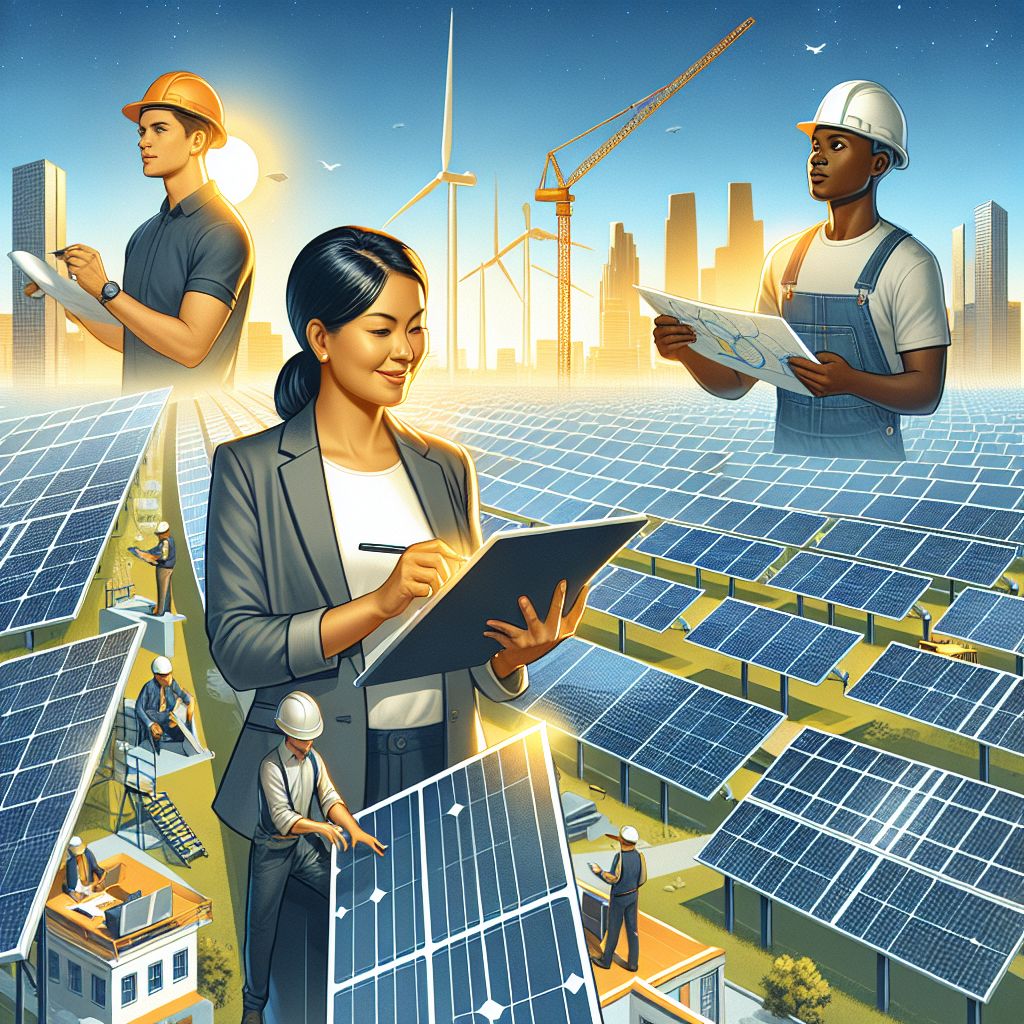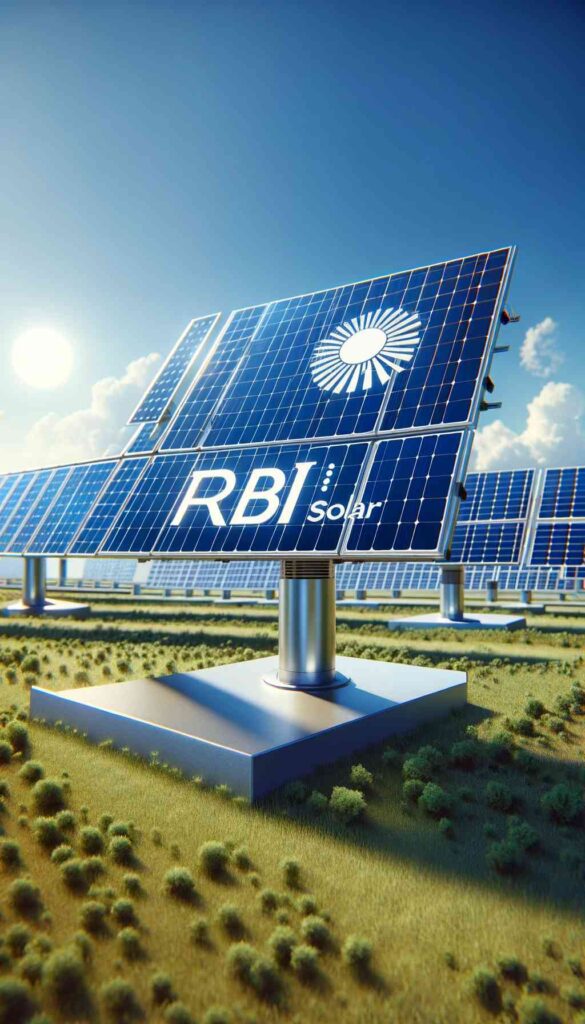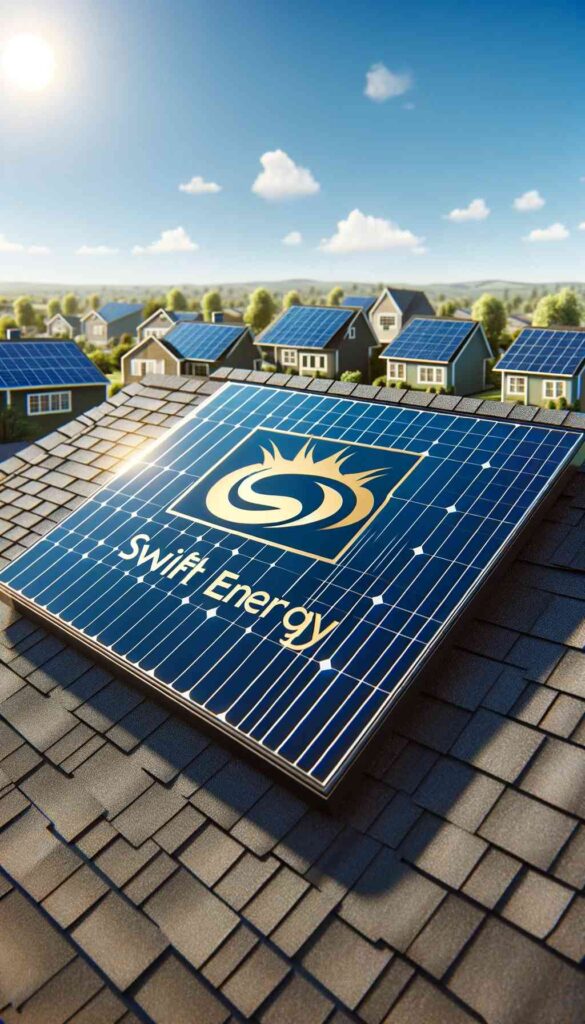
Key Takeaways
- Solar power systems can have significant upfront costs, typically ranging from $15,000 to $25,000 before incentives.
- Investing in solar power can lead to substantial long-term savings on your electricity bill, often cutting costs by 70% to 100%.
- Federal, state, and local incentives, including tax credits and rebates, can reduce the initial cost of solar panel installation.
- The payback period for solar investments can vary, but most homeowners break even within 5 to 15 years.
- Solar panels have a lifespan of 25-30 years, ensuring long-term benefits and increased home value.
Solar Power: A Bright Financial Future for Homeowners
So, you’re considering solar power for your home? That’s a smart move. Solar energy isn’t just good for the planet; it can be great for your wallet too. But let’s get real – understanding the costs and savings of solar power can be as complex as a jigsaw puzzle. Let’s walk through the initial costs, savings, and everything in between, so you can make an informed decision.
The Surge of Solar: A Quick Snapshot of Benefits and Costs
Before we dive deep, let’s take a quick look at why solar power is such a hot topic. Solar energy is clean, renewable, and has never been more accessible. The technology has advanced, and prices have dropped significantly over the past decade. Most importantly, solar panels can slash your energy bills, and who doesn’t love saving money?
But, there’s a catch. The upfront costs of solar panels can make you think twice. You’re looking at a substantial amount of money to get those shiny panels up on your roof. However, there are plenty of incentives out there to help soften the blow. Stick with me, and I’ll show you how to navigate this landscape.
Breaking Down the Solar Setup: A Wallet-Friendly Guide
Let’s break down the costs. The total price of a solar power system for your home can vary widely. It usually costs between $15,000 and $25,000 before any incentives or rebates. Now, that number might make you gulp, but remember, this is an investment that pays back over time.
Initial Investment: Understanding Solar Panel Costs
The Price Tag of Going Green
The initial cost of going solar includes the solar panels themselves, the inverter, mounting hardware, wiring, and installation. The price can be influenced by the size of your system, your location, the type of panels you choose, and the complexity of the installation.
For example, if you live in a sunny state, you might not need as many panels to generate the same amount of power as someone in a less sunny area. That means your costs could be lower.
Choosing the Right Solar Panels for Your Budget
When picking solar panels, you’ll find a range of options, from budget-friendly to premium. But don’t just look at the price tag. You need to consider efficiency, durability, and warranty too. A cheaper panel might not be the best value if it’s less efficient or doesn’t last as long.
Think about it like this: higher efficiency panels can generate more electricity, which means you might need fewer of them. This can save you money on installation and hardware.
Hidden Costs and Considerations
Besides the obvious costs, there are a few other things to keep in mind. For instance, your roof might need some work before it’s ready for solar panels. If it’s old or damaged, you might need to repair or replace it, which can add to your initial investment.
Also, consider the cost of any additional home energy efficiency improvements. These can boost the effectiveness of your solar panels by reducing your overall energy consumption.

Subsidies and Incentives: Making Solar Affordable
Maximizing Federal Solar Tax Credits
The federal government offers a tax credit for solar energy systems. This means you can deduct a percentage of the cost of your solar panels from your taxes. As of now, the solar investment tax credit is at 26%, but it’s set to decrease in the coming years, so acting sooner rather than later is wise.
Navigating State and Local Solar Incentives
On top of federal incentives, many states, cities, and utilities offer their own perks for going solar. These can include additional tax credits, rebates, and even solar renewable energy certificates (SRECs) that you can sell for extra cash. Make sure to research what’s available in your area to get the best deal.
Remember, these incentives won’t be around forever. They’re designed to encourage early adoption, so the sooner you act, the more you can save.
The Long-Term Benefits of Short-Term Incentives
It’s not just about the immediate cash savings; these incentives can also improve the long-term economics of your solar investment. By reducing your initial outlay, they shorten the time it takes for your savings to cover the cost of the system, also known as the payback period. And let’s not forget the increase in your property value. Homes with solar panels often sell at a premium compared to those without.
Here’s the kicker: incentives like the federal tax credit are a use-it-or-lose-it deal. If you don’t have enough tax liability to claim the entire credit in one year, you might be able to carry over the remainder to the next year. But, to maximize your savings, timing is everything.
When you’re calculating the cost of going solar, always factor in the incentives you’ll claim. This isn’t just about reducing your carbon footprint; it’s about making a savvy financial move that will pay dividends for years to come.

Solar Savings: Cut Down Your Electric Bill
Now, let’s talk savings. After the initial investment, the ongoing cost of solar power is significantly lower than traditional electricity. In fact, many homeowners see their electric bills drop by 70% to 100%. Imagine nearly erasing that monthly bill from your budget!
But how does that work? Once your solar panels are up and running, they convert sunlight into electricity that powers your home. You’re generating your own energy, which means you’re buying less from the utility company. And with the cost of electricity on the rise, the savings only get better over time.
How Much Will You Really Save?
Calculating your exact savings can be tricky because it depends on several factors, like the size of your solar system, the amount of sunlight your location receives, and your household energy usage. But here’s a rough idea: the average American household can save anywhere from $10,000 to $30,000 over the lifespan of their solar system.
Assessing Your Home’s Solar Potential
Not all homes are created equal when it comes to solar potential. Factors like roof orientation, shading, and local weather patterns all play a role. A south-facing roof without obstructions that receives plenty of sunlight is ideal. If you’re unsure about your home’s solar potential, many solar companies offer free assessments.
The Impact of Net Metering on Your Savings
Net metering is a game-changer for solar savings. It allows you to sell excess electricity your solar panels generate back to the grid. So, if your panels produce more power than you need, you get a credit on your electric bill. In some cases, your meter can actually run backward, further reducing your bill or even earning you money.
Payback Period: Calculating Your Break-Even Point
The payback period is the time it takes for your solar savings to equal the amount you spent on your system. Most homeowners reach this break-even point within 5 to 15 years. But remember, solar panels last much longer than that, so you’ll continue to save long after you’ve recouped your initial investment.
When you’re crunching the numbers, don’t forget to include the rise in utility rates. Electricity prices have historically increased by about 2-3% per year. Locking in your energy costs with solar can protect you from these hikes.
Tracking Your Solar Investment Over Time
Keeping an eye on your solar system’s performance is key to understanding your savings. Most modern solar systems come with monitoring software that allows you to track your energy production and consumption in real-time. This helps you see exactly how much you’re saving and can also alert you to any issues with your system.
From Outlay to Payoff: A Timeline of Savings
Think of your solar investment like planting a tree. The benefits grow over time. In the early years, you’ll enjoy reduced electric bills and tax incentives. As time goes on, those savings accumulate, eventually surpassing what you spent on installation. And, just like a mature tree, your solar system will continue to provide value, year after year.
For example, if your solar system costs $20,000 and you save $2,000 per year on electricity, your payback period would be 10 years. After that, you’re essentially generating free electricity for the remaining life of your system, which could be another 15 to 20 years or more.
Longevity and Maintenance: The Ongoing Value of Solar Power
Solar panels are built to last. Most come with a warranty of 25 to 30 years, and many continue to produce electricity well beyond that. The key to longevity is maintenance, but luckily, solar panels require very little of it. A simple cleaning a few times a year to remove dirt and debris is usually enough to keep them operating efficiently.
Occasionally, you might need to replace the inverter, which is the part of your system that converts solar energy into electricity you can use in your home. Inverters typically have a shorter lifespan than panels, so you might need to budget for one or two replacements over the life of your system.
Understanding Solar Panel Lifespan and Durability
Solar panels are tough. They’re designed to withstand harsh weather, including heavy rain, snow, and even hail. But their durability doesn’t mean they’re invincible. It’s important to have them inspected periodically, especially after severe weather events, to ensure they haven’t been damaged.
The Real Cost of Solar Maintenance
While maintenance costs are relatively low, they’re not zero. Plan for occasional costs like inverter replacement, which can run between $1,000 to $2,000. You may also need to replace other components like connectors or mounting hardware over the life of your system.

Market Trends: The Future of Solar Power Investment
Solar power isn’t just a trend; it’s the future of energy. And as technology improves and demand increases, prices will likely continue to fall. This means that the cost of solar power could become even more competitive with traditional energy sources.
Will Solar Panel Costs Continue to Drop?
While the cost of solar panels has already decreased dramatically over the past decade, there’s reason to believe they will become even more affordable. Advances in technology and manufacturing, along with economies of scale, are driving prices down. This is great news for anyone considering solar power.
How Market Dynamics Influence Solar Viability
Market dynamics are a powerful force in the solar industry. As more people and businesses adopt solar, the increased demand often leads to more efficient production methods and lower prices. However, it’s not just about supply and demand. Political policies, international trade agreements, and technological advancements also play crucial roles in shaping the solar market. Therefore, keeping an eye on these factors can give you a sense of where solar investment is headed.

Frequently Asked Questions
Is Solar Power a Good Investment Everywhere?
While solar power is versatile, it’s not a one-size-fits-all solution. The effectiveness of a solar investment can vary based on geographical location, climate, and local electricity rates. In sunny areas with high electricity costs, solar can provide significant savings. In contrast, in regions with less sunlight and lower energy costs, the return on investment might be smaller. Always assess your local conditions before deciding.
Can I Sell Excess Solar Energy Back to the Grid?
Yes, in many places, you can sell excess solar energy back to the grid through net metering programs. This allows you to earn credits on your electric bill for the surplus power your solar panels produce. It’s a win-win: you reduce your energy costs even further, and your utility gets clean energy to distribute. However, net metering policies vary by location, so check with your local utility company for details.
How do Solar Panels Affect Home Insurance Costs?
Solar panels can slightly increase your home insurance costs since they add value to your home and require additional coverage. However, the increase is typically minimal compared to the overall benefits of having solar panels. It’s wise to contact your insurance provider to understand the impact on your policy and ensure you have the right coverage in place.
Do Solar Panels Increase Home Resale Value?
Yes, solar panels can increase your home’s resale value. Homes with solar power systems often sell at a premium, attracting buyers who are interested in lower utility costs and sustainable living. A study by Zillow found that homes with solar panels sell for about 4.1% more on average than homes without solar. So, investing in solar is not only about saving on your energy bill—it’s also about investing in your home’s future value.
What Happens to Solar Savings When Energy Rates Fluctuate?
One of the advantages of solar power is protection against fluctuating energy rates. When you install solar panels, you lock in your electricity costs at a fixed rate, making you less susceptible to increases in utility prices. As energy rates rise, your savings grow. This is because you’re relying less on the grid and more on the energy your solar panels produce, buffering you from the ups and downs of the energy market.
Wrapping up, solar power is a significant investment with a bright financial future. While the initial costs can be high, the long-term savings, combined with the environmental benefits, make it an attractive option for many homeowners. By understanding the costs, taking advantage of incentives, and calculating your potential savings, you can make an informed decision about whether solar power is the right investment for your home. Remember, the sun’s energy is free for the taking—so why not harness it to power your life?


